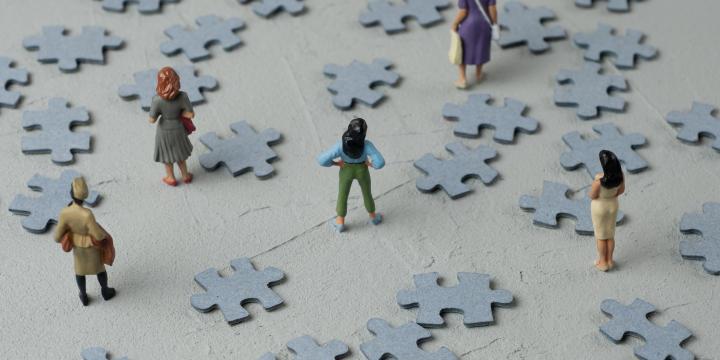
The Handmaid’s Tale Isn’t Fiction for Millions of Women
When we think of The Handmaid’s Tale (Margaret Atwood’s chilling vision of a patriarchal theocracy where women are stripped of all autonomy) it’s tempting to see it as dystopian fiction. But the practices portrayed in Gilead are not as far removed from reality as we might wish.
Atwood famously said that she "didn’t include anything that hadn’t already happened at some time, somewhere." She has also described The Handmaid's Tale as speculative fiction, a literary category that speculates about the world using “what if” scenarios.
As Hulu’s acclaimed adaptation comes to an end, let’s look at some of Gilead’s most shocking practices and their very real counterparts around the world. (No spoilers ahead if you haven’t seen the show.)
Content Warning: This blog discusses topics including gender-based oppression and violence, removal of children from their families and other content that may be distressing for some readers. Please take care while reading.
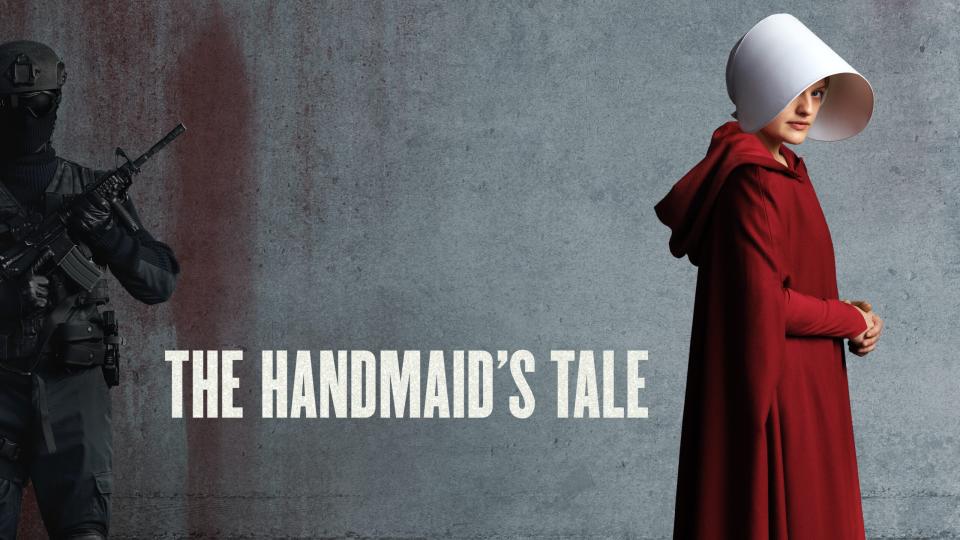
State-sanctioned rape
In Gilead, the “Ceremony” involves ritualized rape, justified as a religious duty.
In the real world, rape is still used as a weapon of war. Three 2022 UN reports detail atrocities in Ethiopia, Haiti and Ukraine. As of 2017, marital rape was still legal in 34 countries, where women have no legal protection from sexual violence by their husbands.
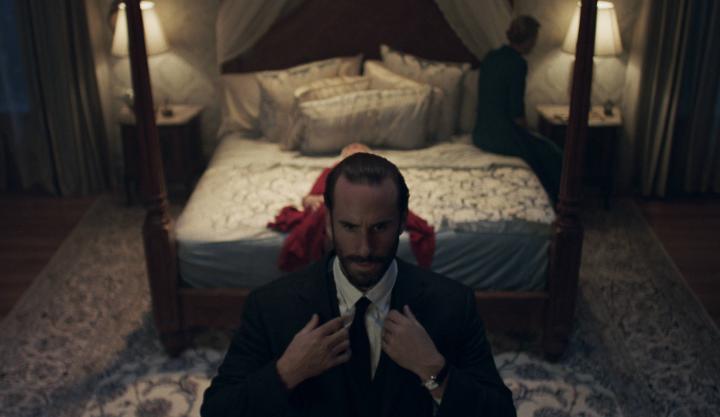
Loss of rights based on gender
In Gilead, women are forbidden from reading or writing, owning property, holding professional jobs or making decisions about their own lives. The only work permitted to them is as domestic servants, cooks or in other strictly controlled roles.
Women’s rights have historically been (and still are) restricted in various countries. In Afghanistan, under Taliban rule, girls are banned from attending school past the age of 12. Women-owned businesses have been shut down, women are banned from public spaces and are required to cover their entire bodies and faces. Even women’s voices are forbidden in public.
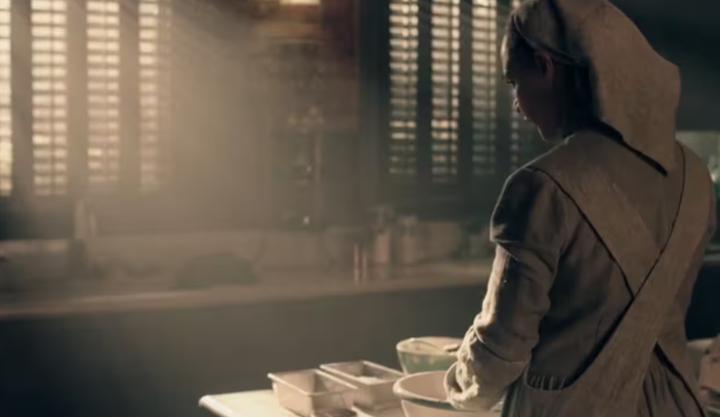
Forced surrogacy and abortion bans
In Gilead, fertile women are assigned to elite households to bear children, and abortion is outlawed.
Today, abortion remains illegal or heavily restricted in many countries, including in cases of rape, incest or life-threatening fetal conditions. In 2024, the UK anti-slavery organization Unseen received reports of forced surrogacy, showing that this practice may be happening in the world today.
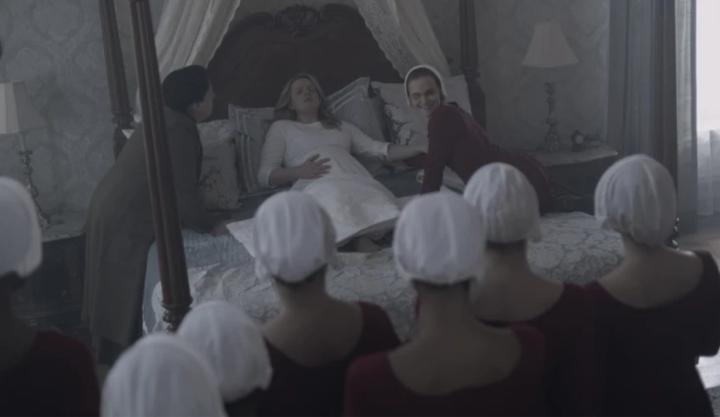
Child removal and indoctrination
Children in Gilead are taken from "unfit" mothers and given to elite families to be raised under state control.
Here in Canada, the Sixties Scoop and the residential school system forcibly removed Indigenous children from their families, stripping them of their language, culture and community. Today, Indigenous children are still overrepresented in the child welfare system due to systemic racism and the ongoing impacts of colonialism.
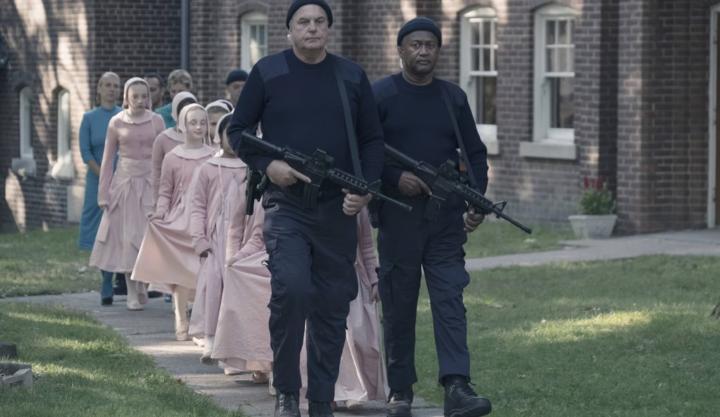
Child marriage
In Gilead, girls are married off as soon as they begin menstruating.
In the real world, 12 million girls are married before the age of 18 each year — that’s nearly one girl every 2.5 seconds.
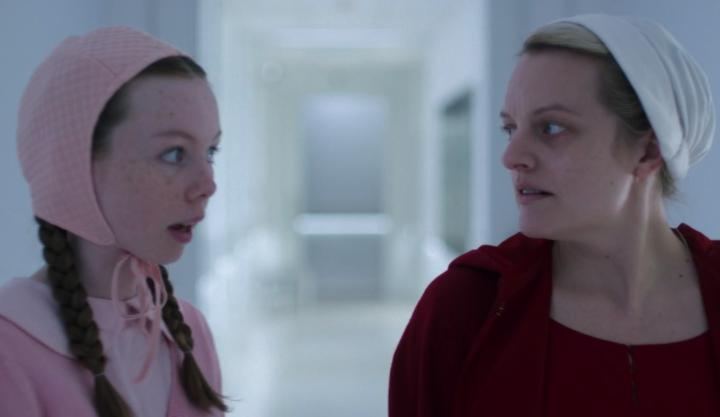
Religion used to justify oppression
Gilead's laws are based on distorted religious doctrine.
According to a 2017 Pew Research Center report, over 80 countries worldwide either officially endorse a specific religion or provide preferential treatment to certain religious groups. In 43 of these nations, a particular religion is designated as the official state religion, often granting it legal privileges and influence over national laws and policies. Such arrangements can lead to the marginalization or persecution of women, LGBTQ+ individuals and religious minorities. For instance, in some of these countries, religious laws dictate strict dress codes for women (and harsh punishments to those who don’t comply) and criminalize same-sex relationships.
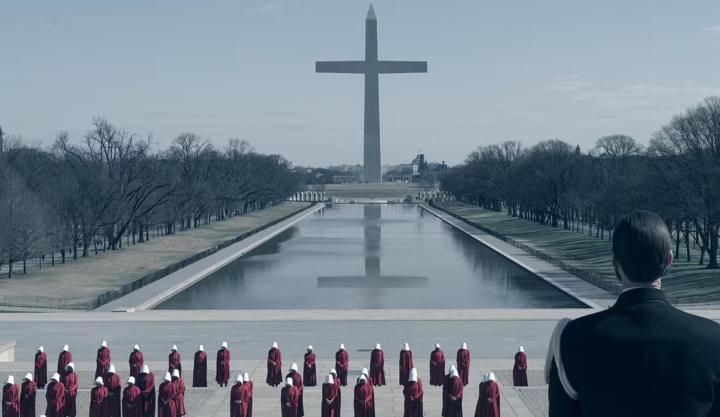
Criminalization of 2SLGBTQIA+ identities
In Gilead, LGBTQ+ people are labeled “gender traitors” and face execution.
In real life, same-sex relationships are punishable by death in countries like Iran, Uganda and Saudi Arabia. Even where laws have changed, LGBTQ+ individuals often face violence, persecution and state-sanctioned discrimination.

Women reduced to wives and mothers
In Gilead, women’s only socially approved roles are as wives, mothers or domestic workers (Marthas).
Even in democratic societies, cultural and political movements still push to confine women to “traditional family values” — as seen in recent policy shifts in Hungary, Poland, Russia and some U.S. states, often accompanied by attacks on reproductive rights.
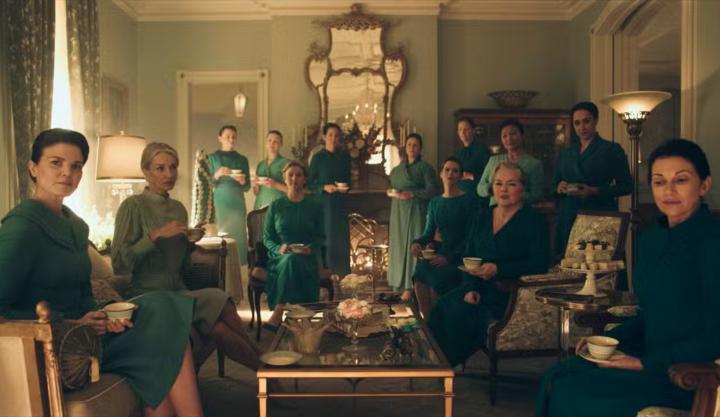
Female genital mutilation
Gilead treats women's sexuality as dangerous and sinful unless it is strictly for reproduction, and some women undergo genital mutilation as punishment for having romantic relationships that are not for reproductive purposes.
As of 2024, the United Nations reports that over 230 million girls and women worldwide have undergone female genital mutilation, a 15% increase from 2016, largely due to population growth in countries where the practice is prevalent.
The Handmaid’s Tale may be fiction, but for millions of women and girls, its horrors are real. From forced marriage and restricted movement to state control over fertility, the struggle for bodily autonomy and basic human rights is ongoing.
We must keep telling these stories, fictional and real, because awareness is the first step toward progress and change.
